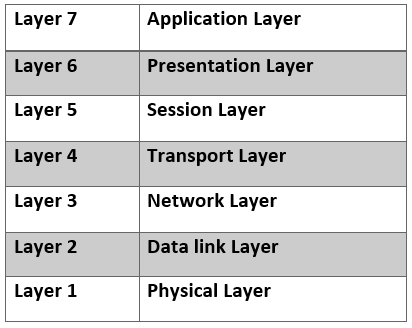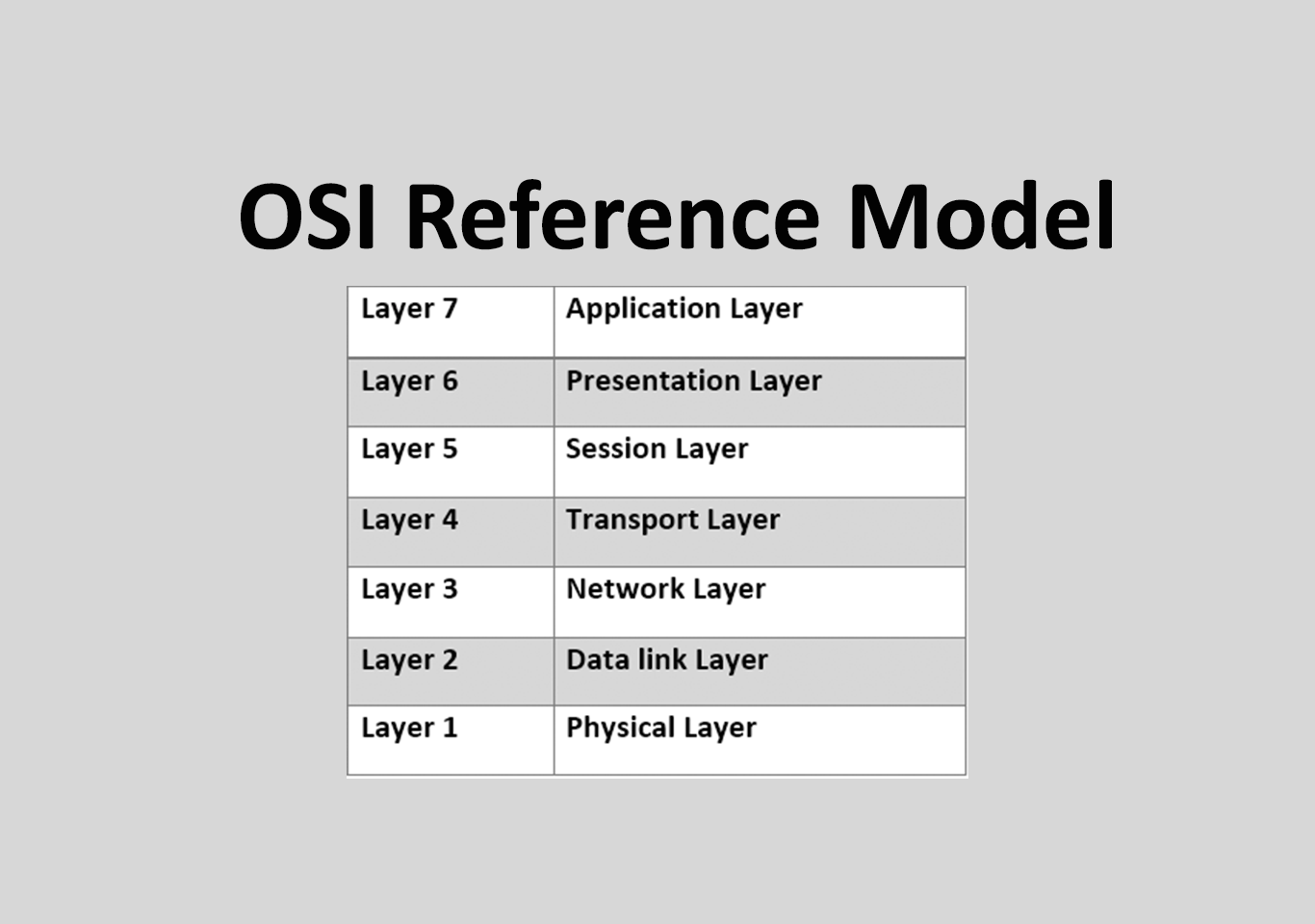Introduction
The term OSI is the abbreviation of open source interconnection. The OSI reference model covers all the aspects of the network communication.
The OSI reference model is the product of ISO (International Standard Organization) for network communication. In 1998, the ISO developed the OSI reference model to demonstrate the transfer of information from one networking component to another from a point where the user enters information using a keyboard and mouse to when that information is converted to electrical or light signal and transferred along a piece of wire.
It is important to understand the OSI model. The OSI model deals with connecting open systems. It gives a layered networking framework that conceptualizes how communications should be done between heterogeneous systems. ISO developed seven-layer model to help vendors and network administrators gain a better understanding of how data is handled and transported between networking devices.
The OSI model is often used as a teaching and troubleshooting tool. Each layers of the model tells how to access the services and protocols specify the rules for communication. Each layer gets service from the layer below it and provides service for upper layers. The seven layers of the OSI Model are a physical layer, data link layer, network layer, transport layer, session layer, presentation layer, and application layer.

The OSI reference model separates the network communication process into seven simple layers like.
- Defining the process for connecting two layers together.
- Promoting interoperability between vendors.
- Separating a complex function into simpler components.
- Allowing vendors to sort their design efforts to fit a modular design.
- Providing a teaching tool to help network administrator understand the communication process used between networking components.



Usually I do not read article on blogs however I would like to say that this writeup very compelled me to take a look at and do so Your writing taste has been amazed me Thanks quite nice post